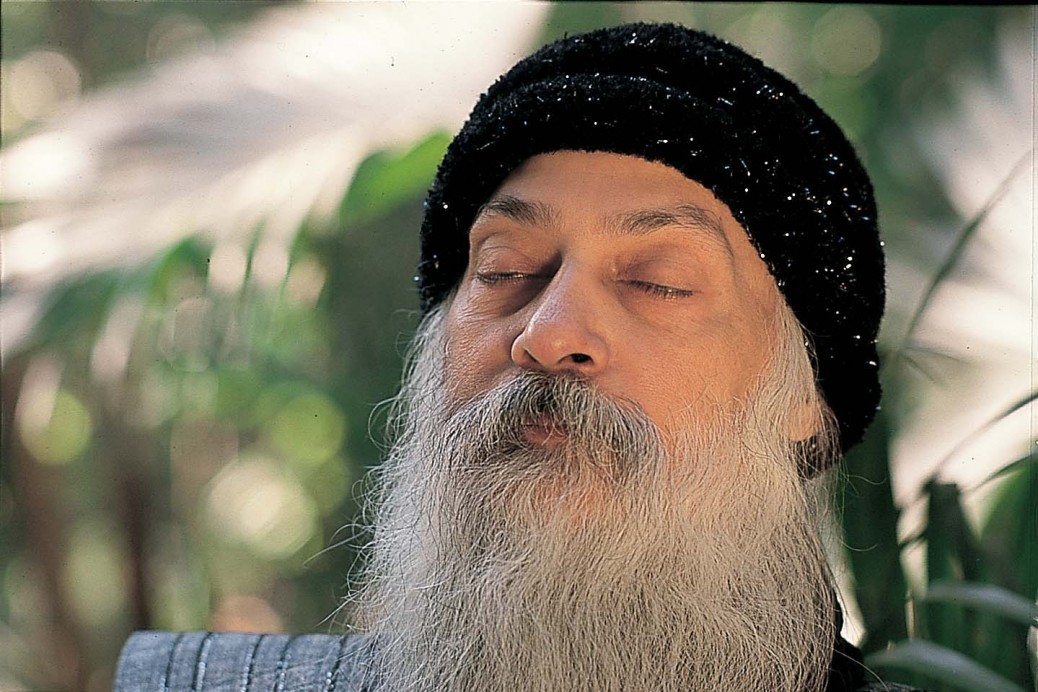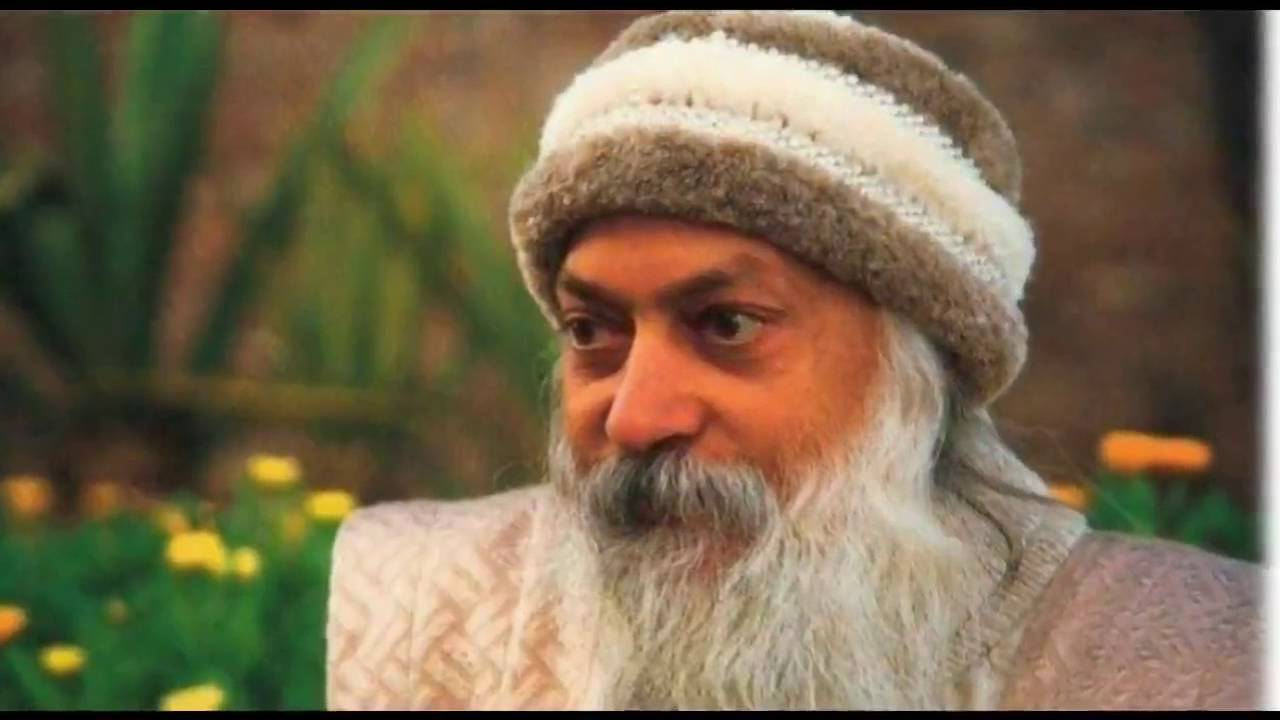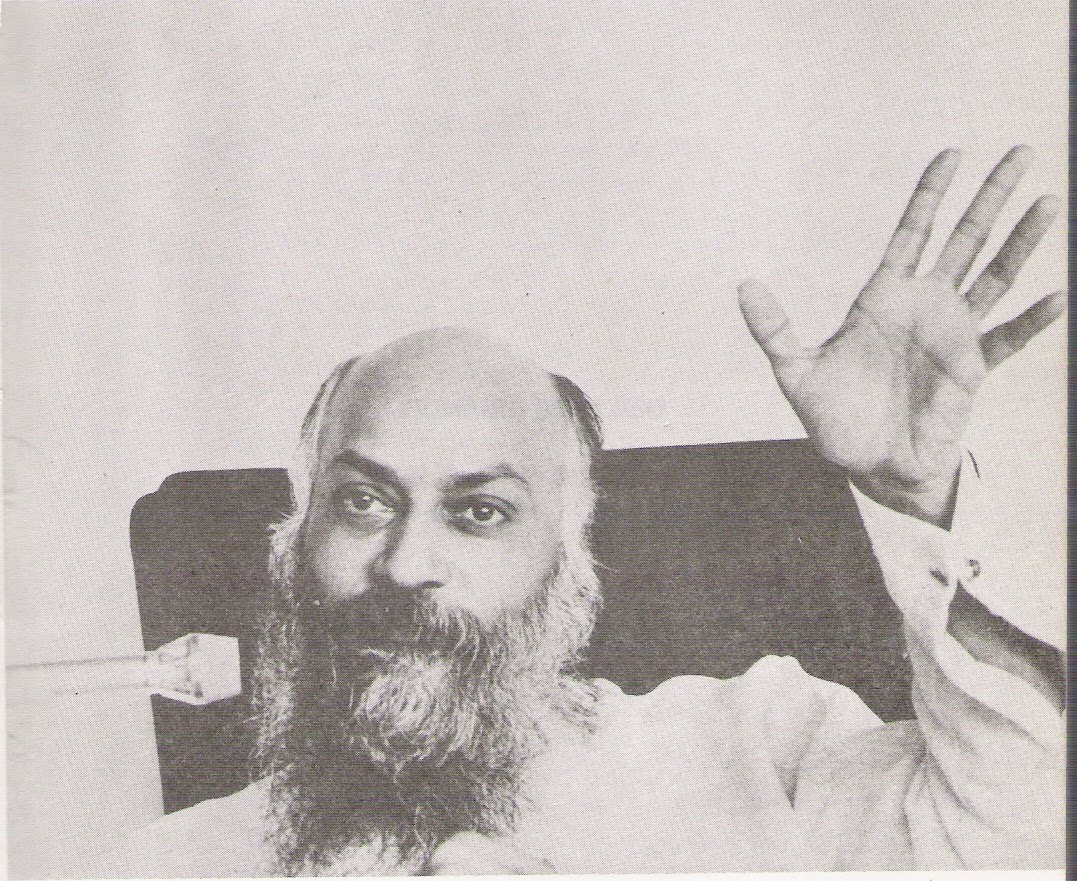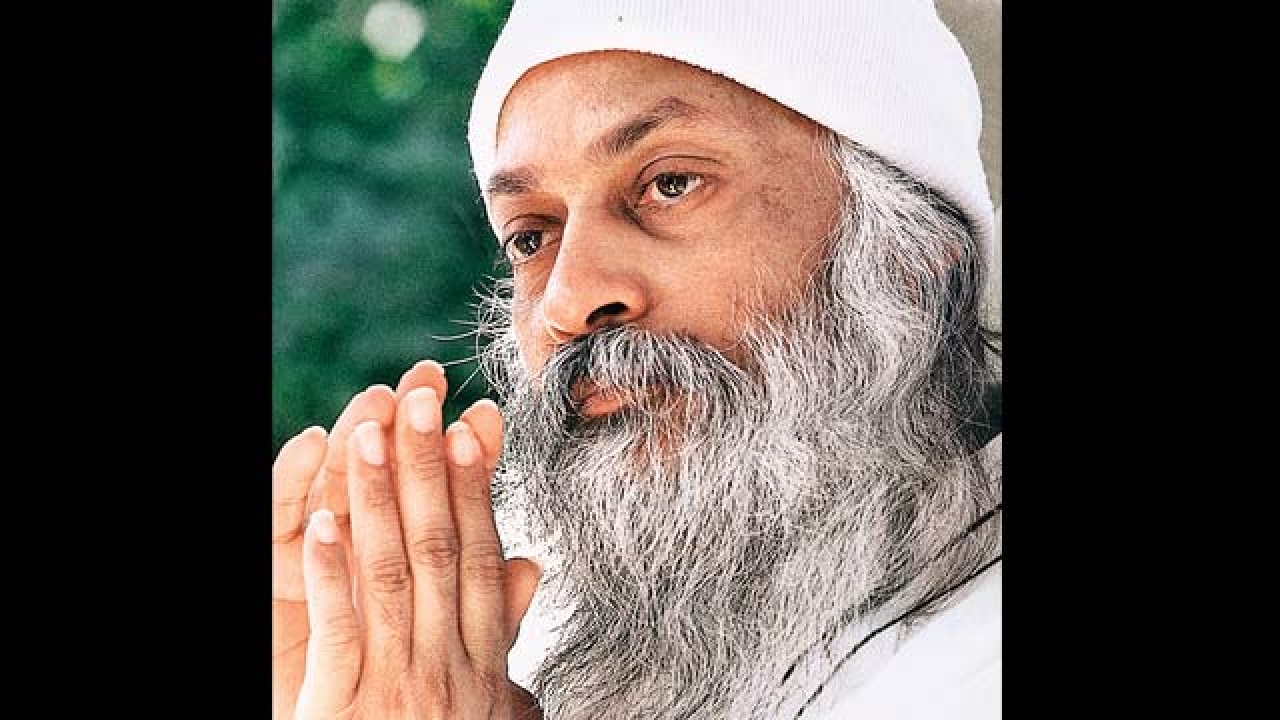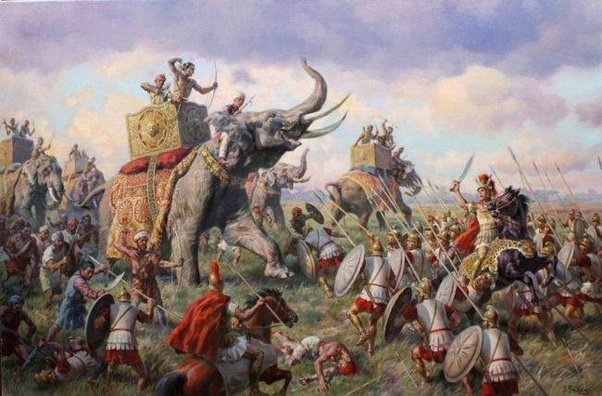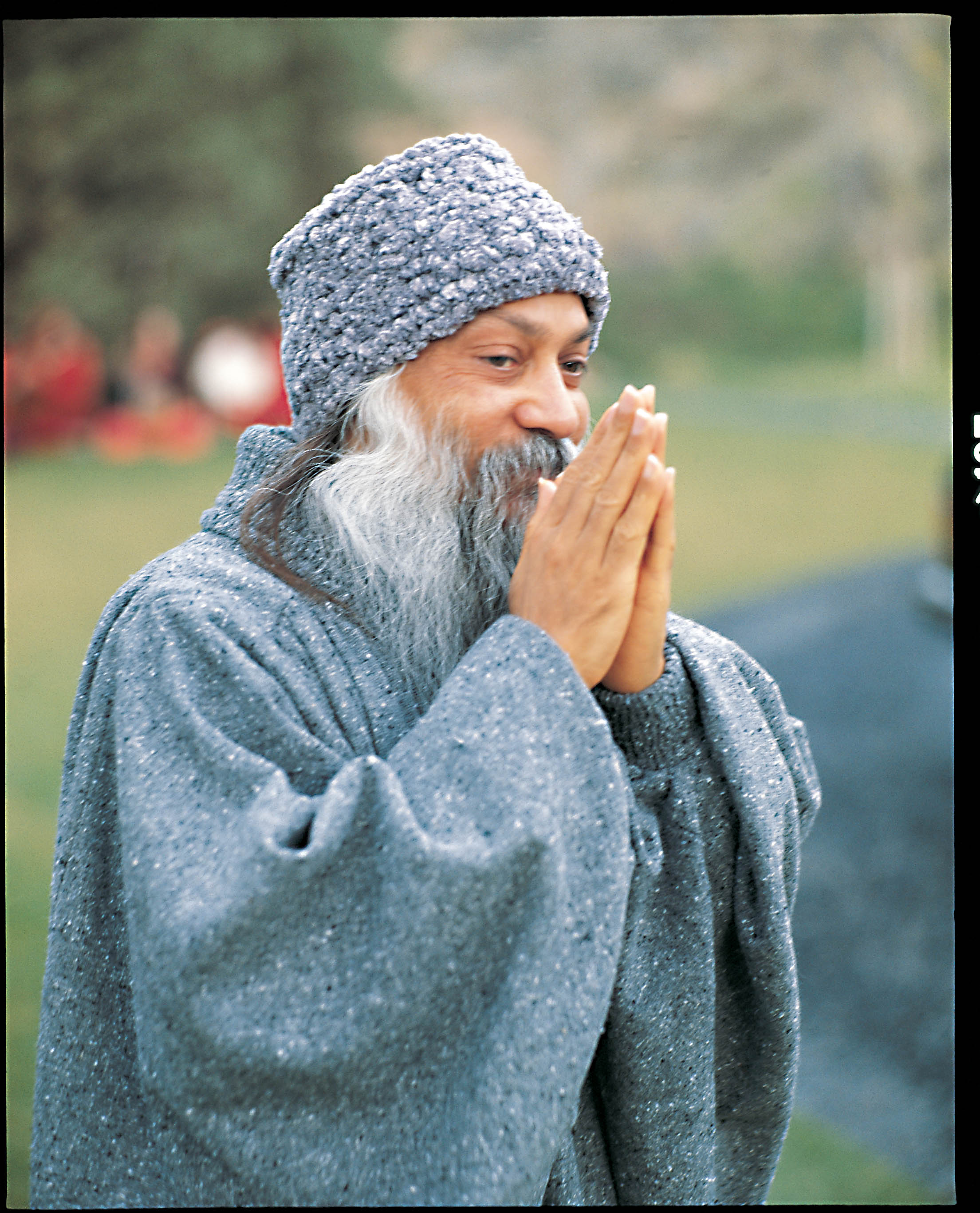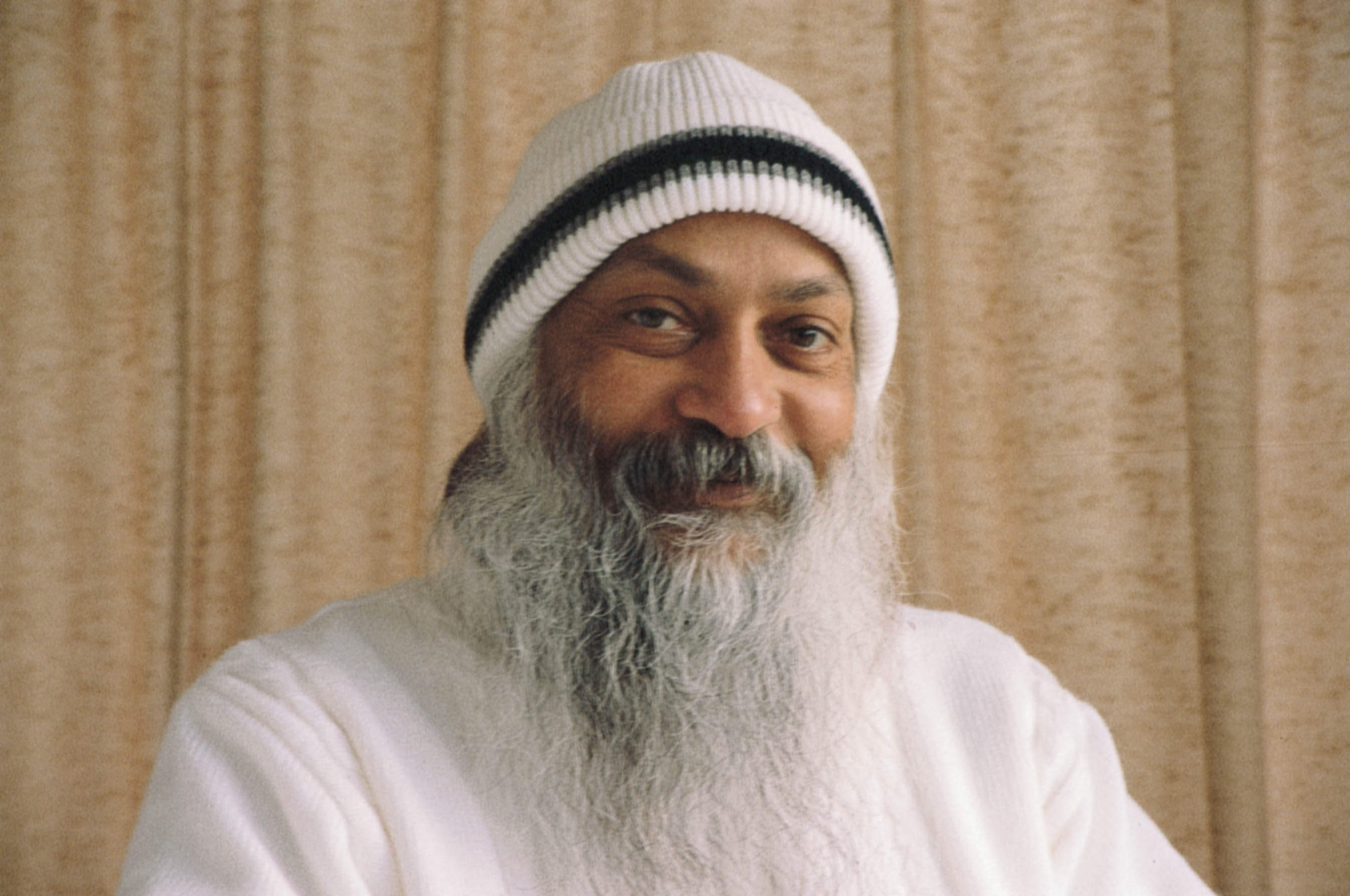Guru Purnima, the auspicious occasion dedicated to honoring the guru, holds profound significance in spiritual practices. There is no equivalent English word for GURU. The teacher does not mean Guru. The teacher teaches something and shares his intellectual knowledge with the students. He increases their memory, their logical capacity, and enhances many other functions of the brain. A guru does something totally opposite to this. He creates a situation where the mind of the disciples becomes silent. In a meditative state, all intellectual functions stop for a while. Thoughtless awareness happens, with great silence, peace, and bliss.
Just like the Christian trinity, there is a concept of Trimurti in Hinduism. It encompasses Brahma, Vishnu, and Mahesh. These three Gods function as generator, operator, and destroyer. Some people say that the the word GOD is a short form of 3 functions. Guru is considered a combination of all three Gods, symbolizing different aspects of the spiritual journey. As seekers progress through these stages, they experience a transformation within themselves. Firstly Guru acts as Shiva and destroys the ego of the disciple. Secondly, he functions as Brahma, giving a new birth, the disciple becomes DWIJ, twice-born. Thirdly he works as Vishnu takes care of the newly born disciple, and nourishes him.
The guru also represents the fourth stage, known as Turiya, where the seeker realizes that the guru is not an ordinary person but a manifestation of the divine. He is beyond three Gods, the supreme Par-Brahma. Then guru becomes a mirror reflecting the seeker’s true self. When disciples perceive God within the guru, they also discover the divine essence within themselves and then everywhere.
Guru Purnima is celebrated on a full moon day, symbolizing the seeker’s transition from darkness to illumination. The moon, with its gentle light, represents the guru who imparts spiritual wisdom. Like the moon reflecting the sun’s light, the guru reveals the Supreme Soul in a form that can be comprehended by the seeker.
Just as drinking water directly from the ocean is not drinkable, similarly meeting the vast unlimited oceanic God directly may create fear in the seeker. Watching the strong sun directly may be harmful to the eyes, but looking at the cool light of the moon is very nourishing. Although the moon is just reflecting the light of the sun. The guru plays the alchemical role of transforming the divine energy into a gentle and digestible form. Through the grace of the guru, seekers can assimilate the divine knowledge and experience its blessings.
By recognizing the essence of the guru, one ultimately realizes the divine within themselves. The symbolic journey of the seeker, from a curious student to a loving disciple, and finally a devotee, leads to the state of Parabrahma, the ultimate reality.
Guru Purnima serves as a reminder of the profound impact a guru can have on an individual’s spiritual journey. It encourages seekers to embark on the path of self-realization, guided by the wisdom and grace of the guru.
The word guru also means one who has a spiritual attraction. In Hindi gravitation is called as gurutvakarshan. Guru means heavy, deep, not superficial, not light. Saints like Kabir have said that if Guru and God appear simultaneously in front of me, then I will bow down to my Guru for paying respect, not to God. Because my compassionate guru showed me the way to reach God. Even God could not do this, only a guru can do this task.
In Guru Purnima, the full moon of the rainy season represents Guru with his white divine qualities, and the black clouds of monsoon represent the disciples, who have gathered around him. That’s why this particular full moon is chosen for celebrating Guru Purnima.
Above mentioned beautiful poetic and symbolic explanations are given by Sadguru OSHO

